 推薦消息更多>>
推薦消息更多>>正壓輸送的系統的使用特點
- 來源:http://www.4wpk.cn/ 日期:2024-03-07 發布人:創始人
氣力輸送基本的形式有正壓輸送和負壓輸送,主要分為四種:負壓稀相輸送、正壓稀相輸送、正壓濃相輸送、混合式。根據料氣比的不同,稀相輸送和濃相輸送有區別(沒有統一的劃分標準)。盡管形式多樣,但它們是在正壓輸送和負壓輸送的基礎上發展起來的。
The basic forms of pneumatic conveying include positive pressure conveying and negative pressure conveying, which are mainly divided into four types: negative pressure dilute phase conveying, positive pressure dilute phase conveying, positive pressure dense phase conveying, and mixed conveying. According to the different material to gas ratios, there are differences between dilute phase transportation and dense phase transportation (there is no unified classification standard). Although they have various forms, they have developed on the basis of positive pressure conveying and negative pressure conveying.
正壓輸送的工作原理:
The working principle of positive pressure conveying:
1.進料階段:進料閥和排氣閥打開,物料自由落入泵體內,料滿后,料位計發出信號,進料閥和排氣閥自動關閉,完成進料過程;
1. Feeding stage: The feeding valve and exhaust valve are opened, and the material freely falls into the pump body. When the material is full, the level gauge sends a signal, and the feeding valve and exhaust valve automatically close to complete the feeding process;
2.流化加壓階段:打開進氣閥,壓縮空氣進入泵體上部及底部,上部加壓,下部空氣擴散后穿過流化床,使物料呈流態化狀態,同時泵內壓力上升;
2. Fluidization and pressurization stage: Open the intake valve, and compressed air enters the upper and lower parts of the pump body. The upper part is pressurized, and the lower part diffuses and passes through the fluidized bed, making the material in a fluidized state. At the same time, the pressure inside the pump increases;
3.輸送狀態:當泵內壓力達到一定值時,壓力表或壓力開關發出信號,出料閥自動打開,流化床上的物料流化加強,輸送開始,泵內物料逐漸減少,此時流化床上的物料始終處于邊流化邊輸送的狀態;
3. Transportation status: When the pressure inside the pump reaches a certain value, the pressure gauge or pressure switch sends a signal, the discharge valve automatically opens, and the material fluidization on the fluidized bed strengthens. Transportation begins, and the material inside the pump gradually decreases. At this time, the material on the fluidized bed is always in a state of fluidization and transportation at the same time;
4.吹掃階段:當泵內物料輸送完畢,壓力下降到管道阻力時,壓力表或壓力開關發出信號,通氣延續一定時間,壓縮空氣清掃管道,然后進氣閥關閉,間隔一段時間,關閉出料閥,打開進料閥,完成一次輸送循環。
4. Purging stage: When the material inside the pump is transported and the pressure drops to the resistance of the pipeline, the pressure gauge or pressure switch sends a signal, and the ventilation continues for a certain period of time. Compressed air is used to clean the pipeline, and then the inlet valve is closed. After a period of time, the discharge valve is closed, and the inlet valve is opened to complete a conveying cycle.
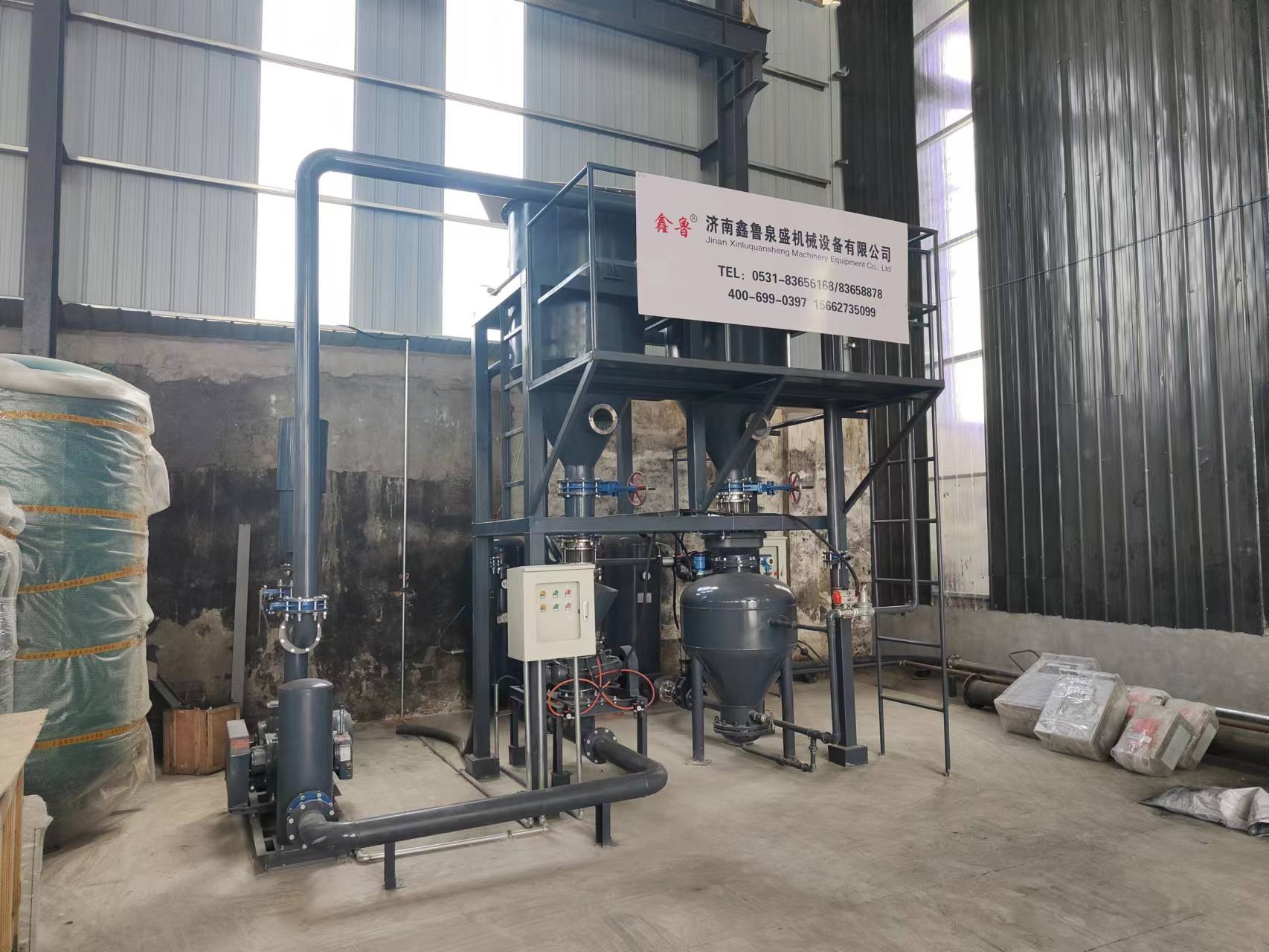
正壓輸送系統特點:
Characteristics of positive pressure conveying system:
1、系統具有較高壓力、耗氣量較小;
1. The system has high pressure and low air consumption;
2、較低流速但輸送能力大,對物料品質幾乎無影響;
2. Low flow rate but high conveying capacity has almost no impact on material quality;
3、控制系統自動化,對各種電氣元件的要求高;
3. Control system automation requires high requirements for various electrical components;
4、可以多點進料和多點卸料;
4. Can be fed and unloaded at multiple points;
5、輸送量大,適合于短距離或中等距離的氣力輸送。
5. Large conveying capacity, suitable for short or medium distance pneumatic conveying.
正壓輸送系統是采用氣力輸送方式輸送粉末狀物料,可根據具體地形布置輸送管道,實現集中、分散、大高度、長距離輸送,輸送過程不受氣侯條件影響,能確保物料不受潮,利于生產和環境保護,具有高效、節能環保等特點。正壓輸送系統廣泛應用于電力、冶金、石油化工、塑料、食品、建材及水電行業。石分子篩又會恢復原有的吸附能力,這樣周而復始循環往復地進行廢氣處理。
The positive pressure conveying system uses pneumatic conveying to transport powdered materials. The conveying pipelines can be arranged according to specific terrain to achieve centralized, dispersed, high height, and long-distance transportation. The conveying process is not affected by weather conditions, ensuring that the materials are not affected by moisture, which is beneficial for production and environmental protection. It has the characteristics of high efficiency, energy conservation, and environmental protection. Positive pressure conveying systems are widely used in industries such as electricity, metallurgy, petrochemicals, plastics, food, building materials, and hydropower. The stone molecular sieve will restore its original adsorption capacity, and thus carry out waste gas treatment in a cyclic manner.
本文由負壓氣力輸送提供技術支持,更多的詳細精彩內容請點擊我們的網站http://www.4wpk.cn,我們將會全心全意為您提供滿意的服務。
This article is supported by negative pressure pneumatic conveying technology. For more detailed and exciting content, please click on our website http://www.4wpk.cn We will wholeheartedly provide you with satisfactory service.
- 上一篇: 負壓真空上料機的使用優勢特點介紹
- 下一篇: 正壓輸送和負壓輸送(真空上料機)的區別


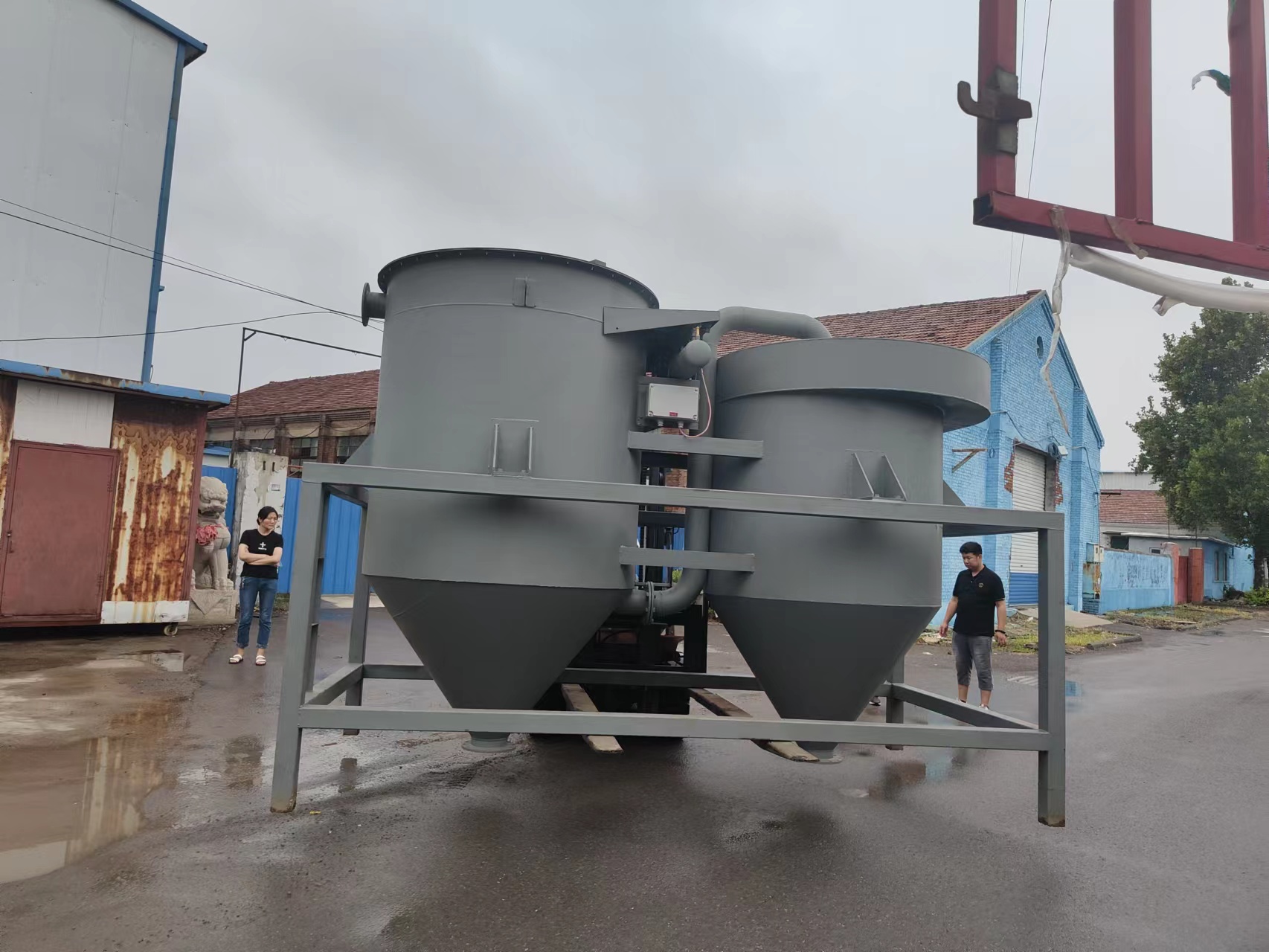
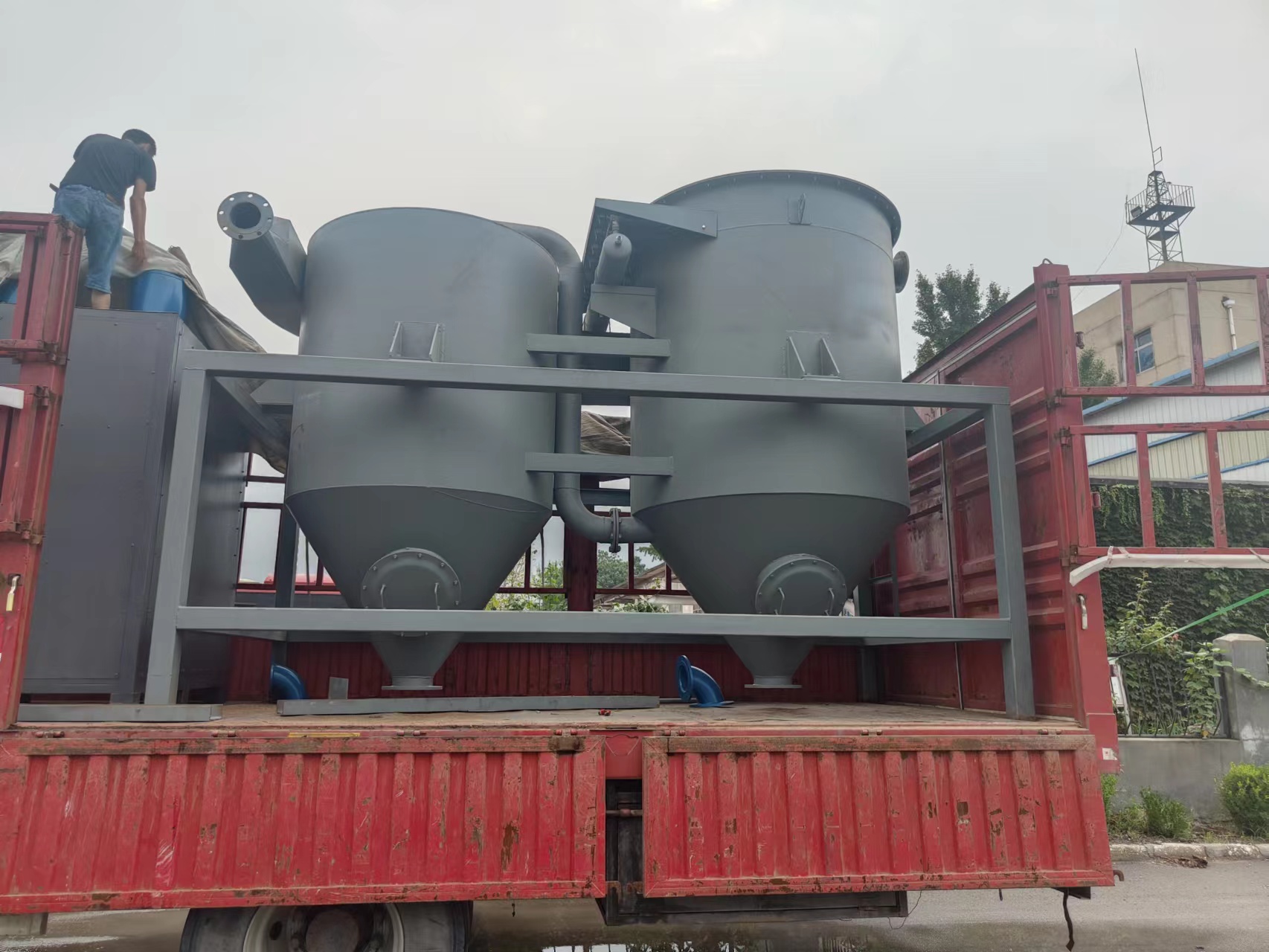
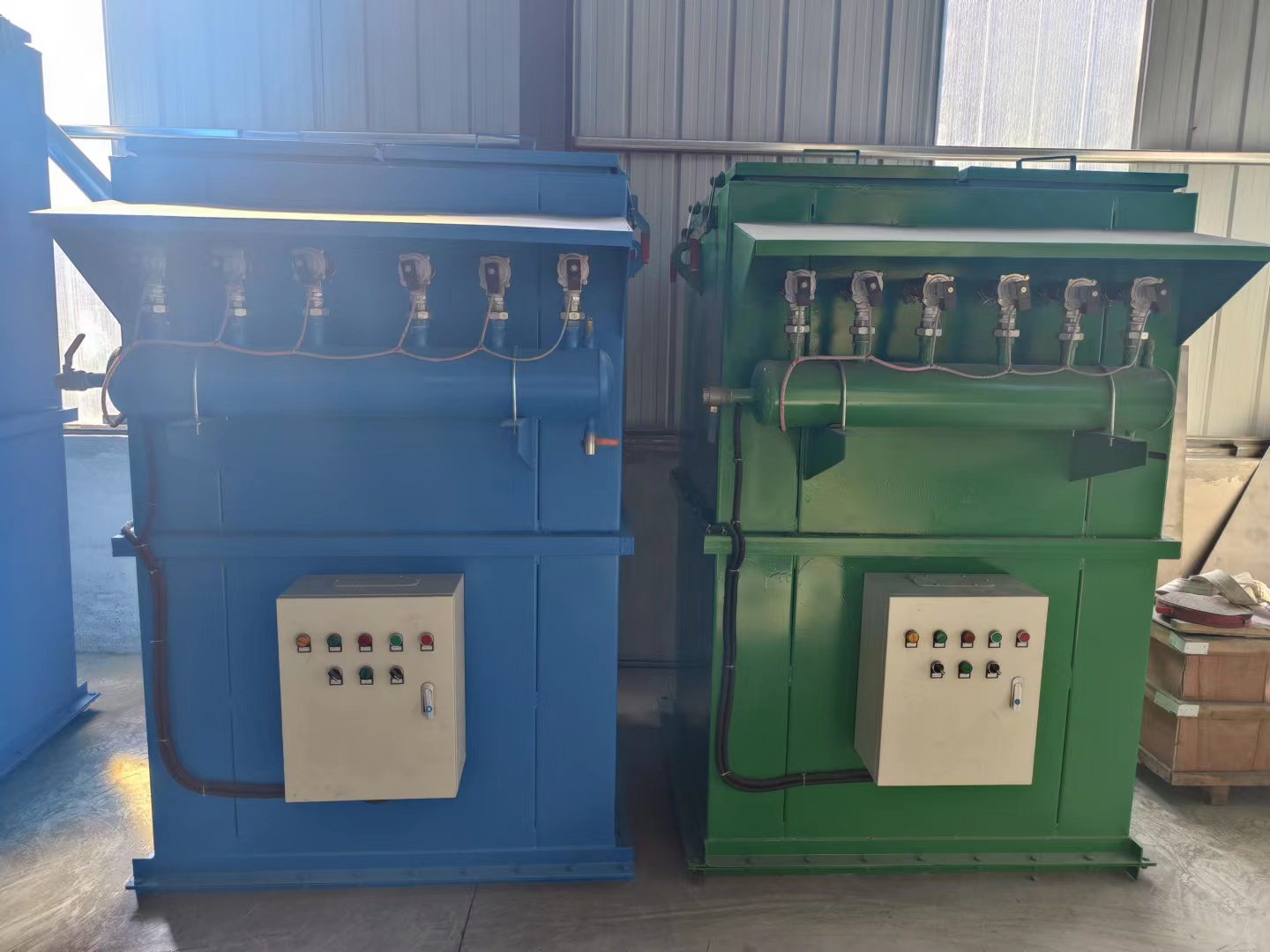
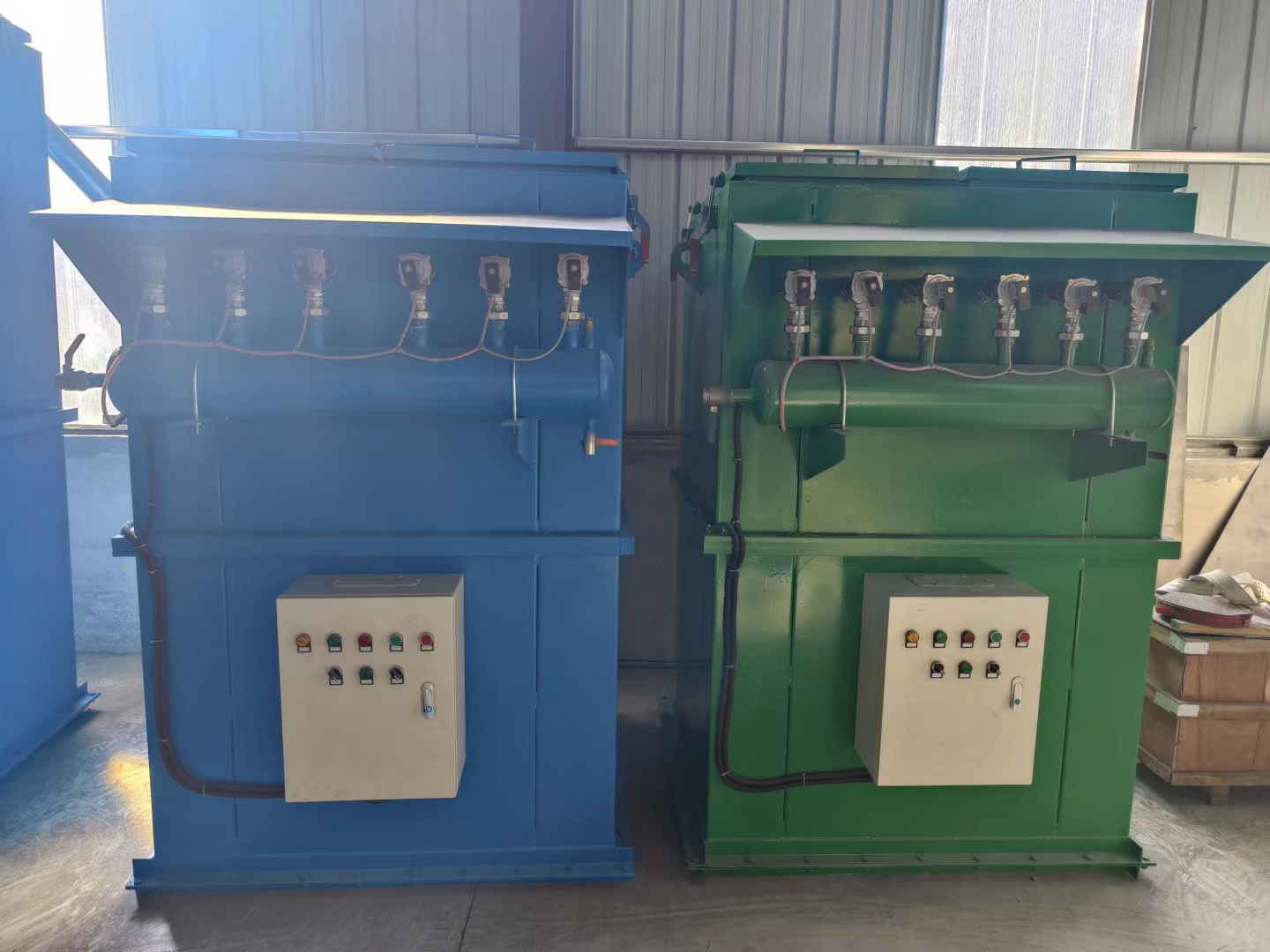
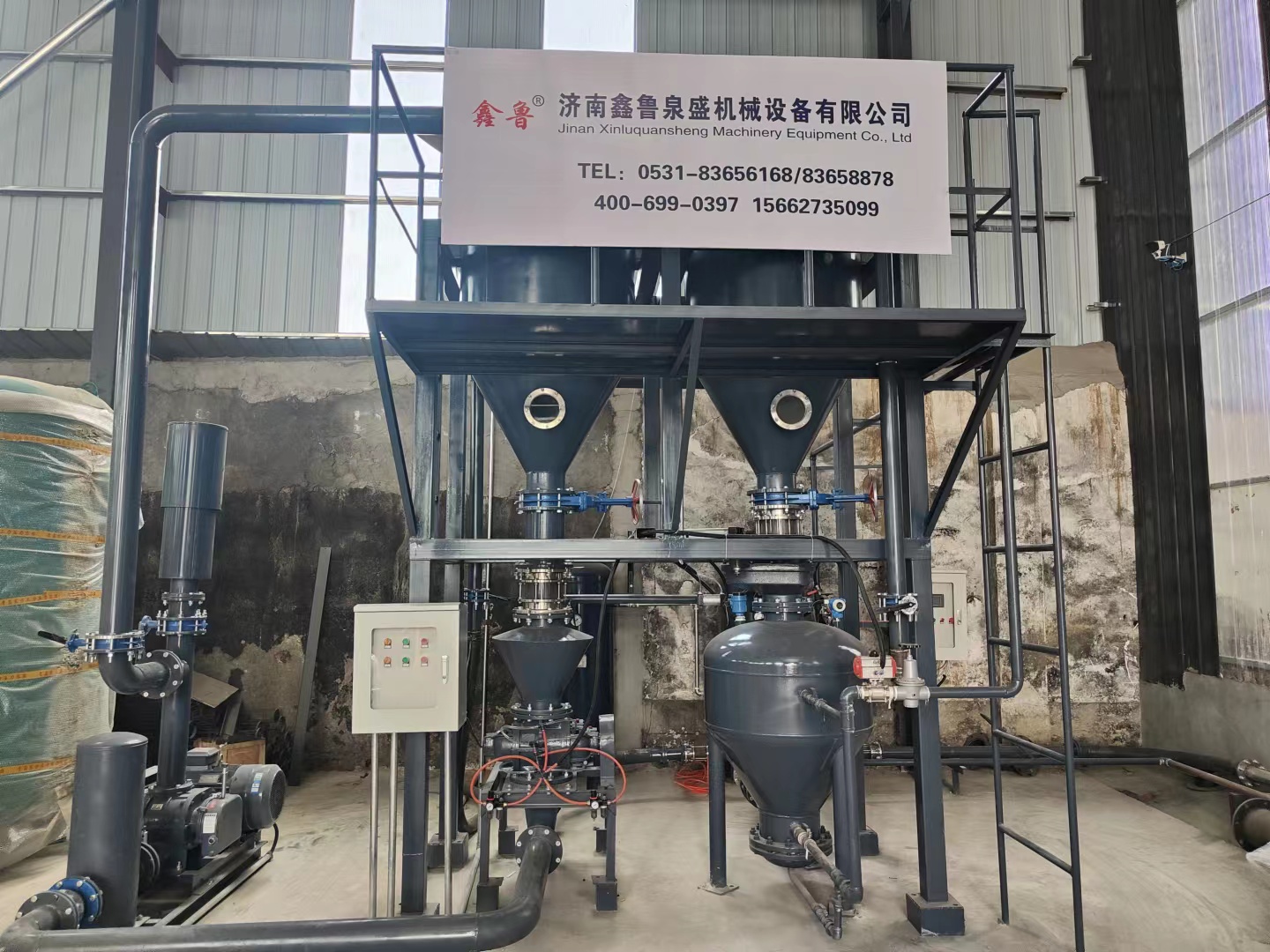
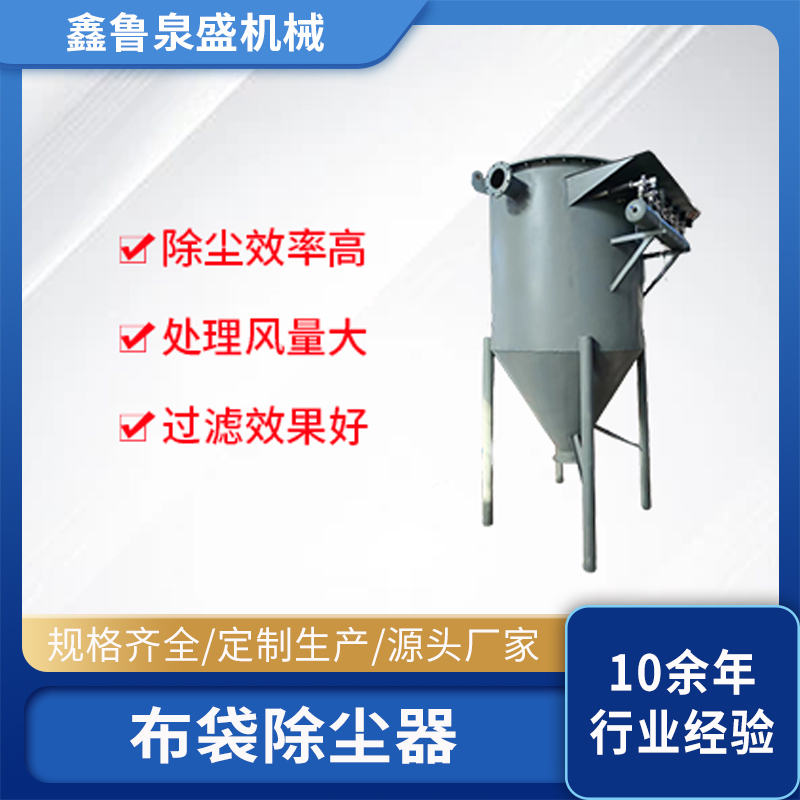
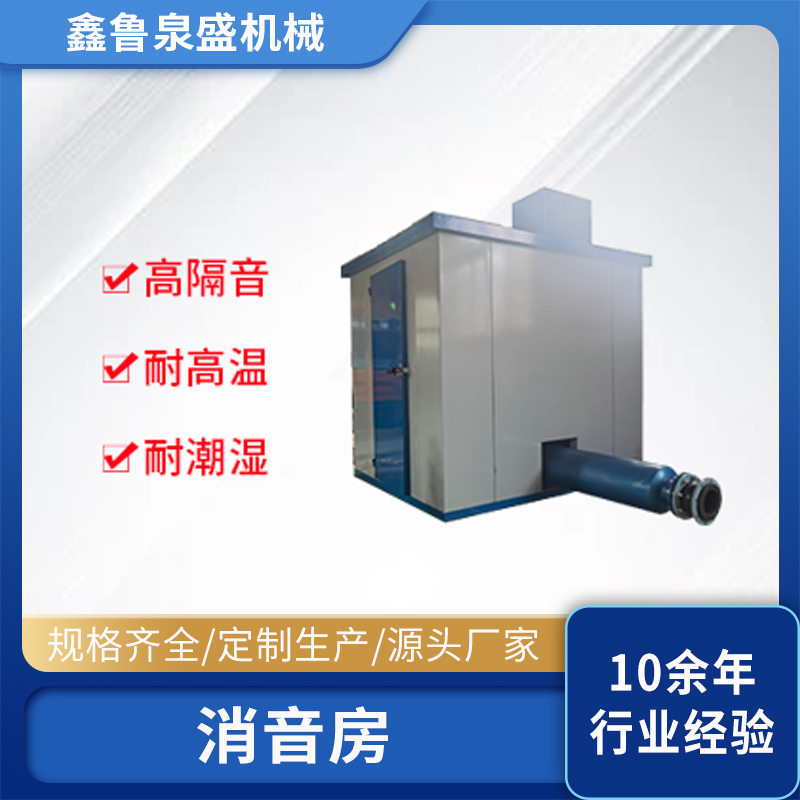
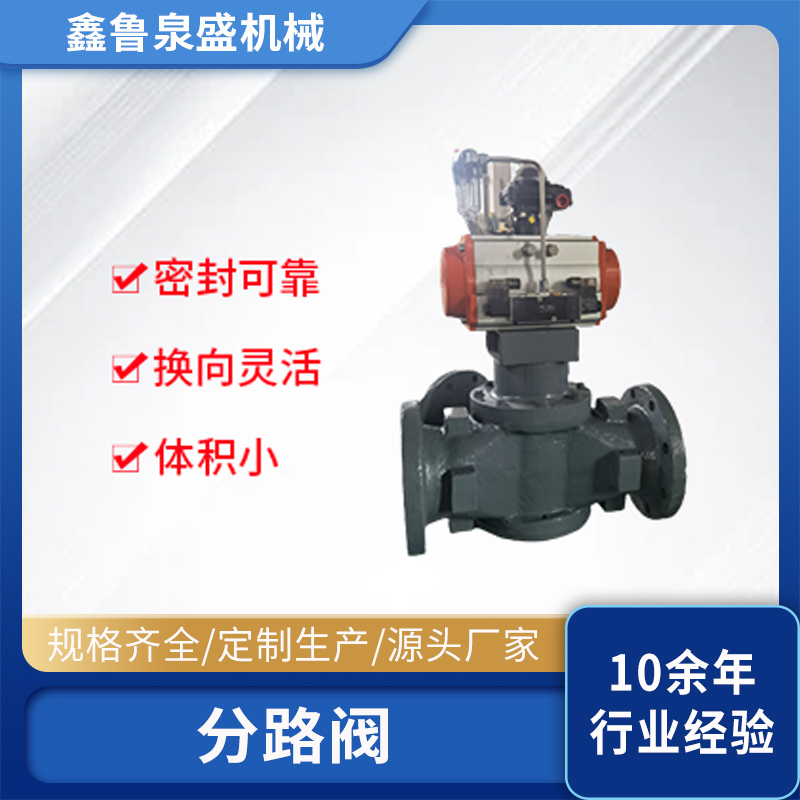
 掃碼微信溝通
掃碼微信溝通